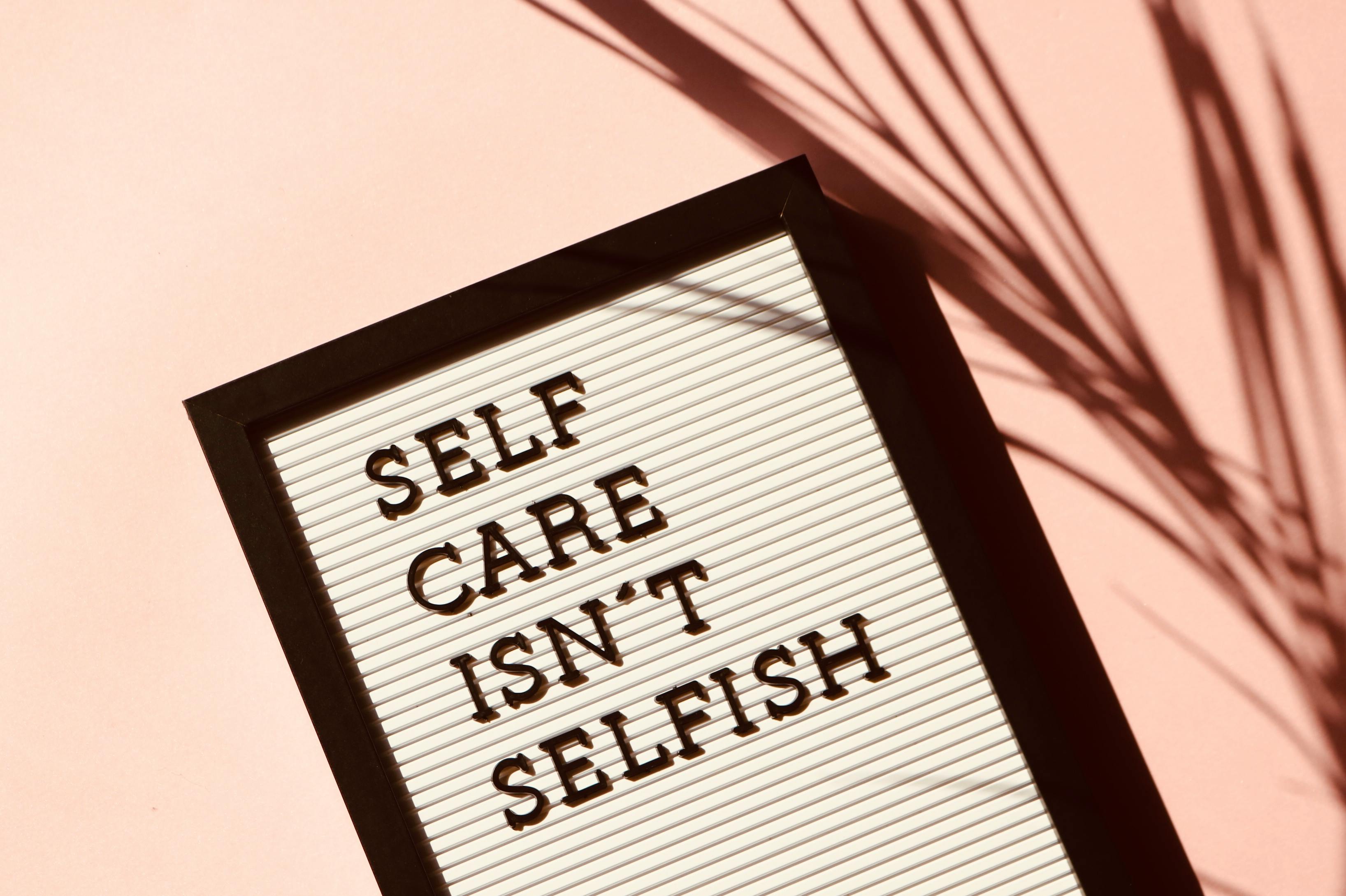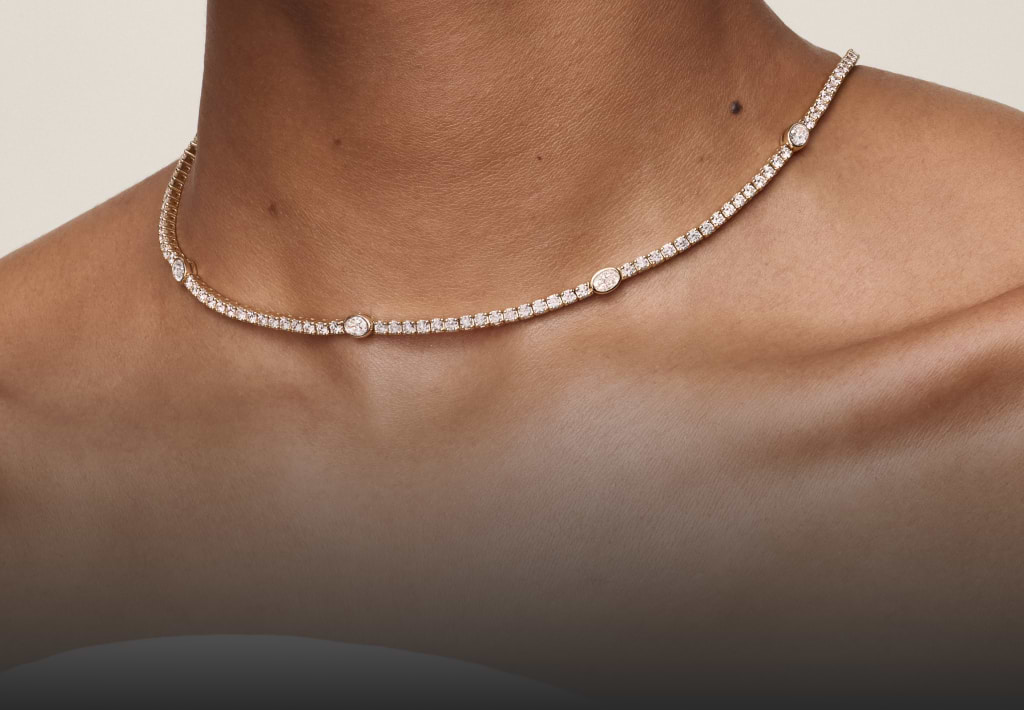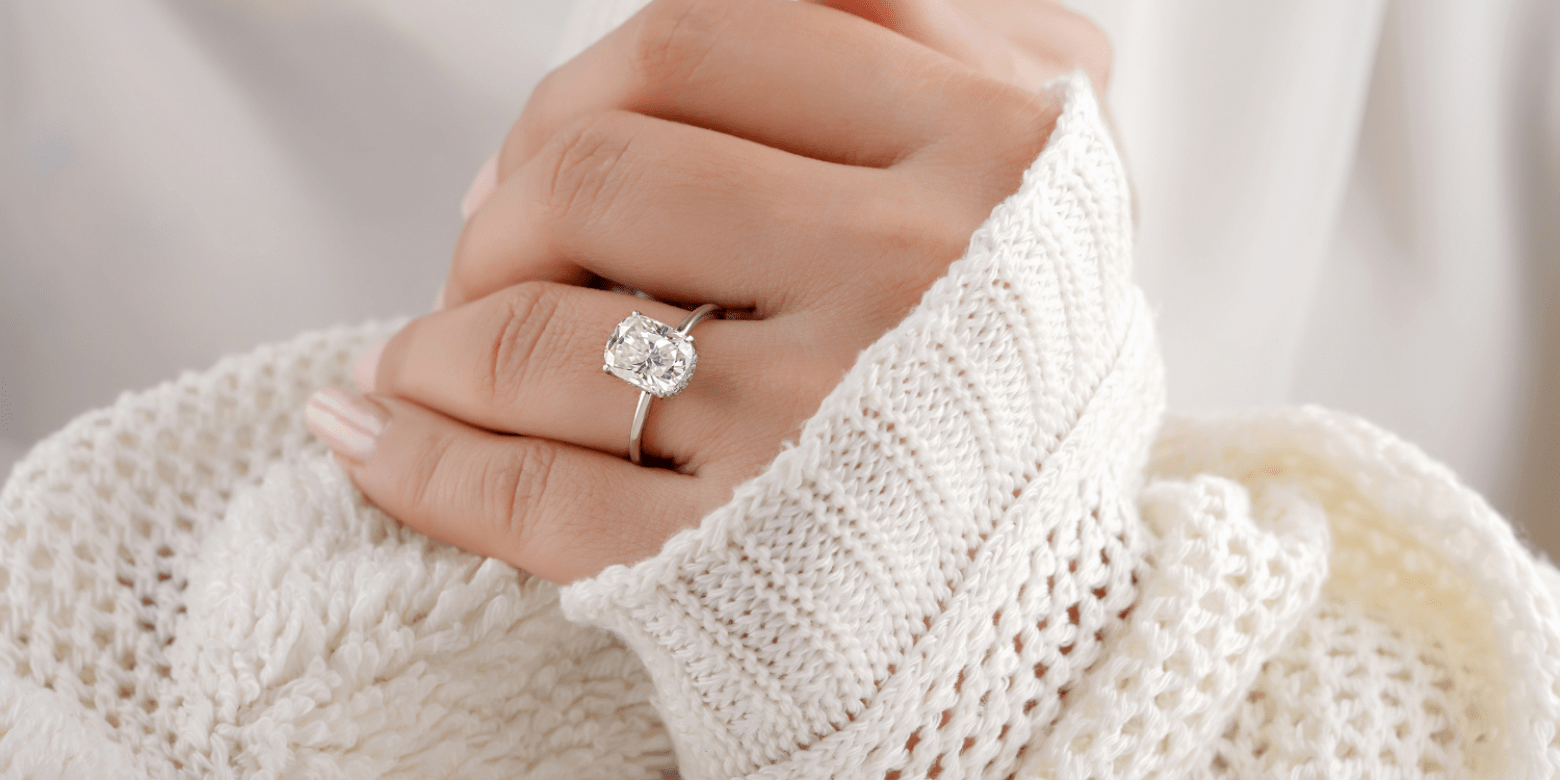I’ll be honest — the first time I saw a lab-grown diamond, I couldn’t tell the difference. It was in a small jewellery workshop tucked away in El Born, Barcelona, where sunlight bounced off trays of glittering stones. I picked one up, turning it over in my hand, waiting for that telltale sign — a flaw, a dull glimmer, something synthetic. But it never came. It shimmered with the same quiet fire as any diamond I’d seen before. That was the moment I realised something was shifting in the world of luxury — and maybe, just maybe, for the better.
Today, diamantes de laboratorio sueltos Barcelona (lab-grown loose diamonds in Barcelona) aren’t just a trend; they’re becoming a statement. A conscious choice. A reflection of values that go beyond sparkle and carats.
A Quiet Revolution in the Jewellery World
For generations, natural diamonds carried an aura of romance — the idea that a gemstone formed over billions of years was the ultimate symbol of love and permanence. But as the world began asking harder questions about where things come from, that glittering image lost some of its shine.
Mining, after all, isn’t without cost — not just financial, but environmental and human. It’s an industry that’s struggled with ethical issues, from ecological damage to concerns about labour practices.
That’s where lab made diamonds entered the conversation — not as cheap imitations, but as ethical, identical counterparts grown under precise conditions that mimic the natural process of diamond formation. Same carbon structure. Same brilliance. Just a different origin story.
Barcelona, with its reputation for blending art, science, and sustainability, has been quick to embrace this shift. The city’s jewellers, designers, and ethically minded shoppers are redefining what luxury looks like.
The Allure of Loose Lab Diamonds
Here’s something you might not know — when people in Barcelona talk about diamantes de laboratorio sueltos, they’re not just talking about buying stones. They’re talking about freedom.
Loose diamonds let you design something uniquely yours. Whether it’s an engagement ring, a pendant, or a family heirloom in the making, the idea of starting with the stone itself has become quite romantic in its own right.
There’s something intimate about choosing your own diamond. It’s a bit like picking the brushstroke for your future. The process lets you decide everything — from carat to cut to clarity — and how that diamond will eventually come to life in a piece of jewellery.
And for those who want transparency in every sense, lab-grown diamonds offer clarity not just in sparkle, but in conscience. You can trace their origin to a laboratory, not a mine. You know exactly how it was made, and often even who grew it. That kind of honesty resonates deeply with a generation that values meaning as much as beauty.
Why Barcelona Is Leading the Way
There’s a cultural reason Barcelona is such fertile ground for this kind of change. The city has always championed craftsmanship, innovation, and sustainability — from Gaudí’s architectural marvels to its thriving local artisan markets.
It’s not surprising that its jewellery scene is evolving in the same spirit. Small workshops and luxury boutiques alike are starting to offer lab-grown options, giving customers more control and confidence in their purchases.
And honestly, it just fits. Barcelona’s lifestyle blends elegance with ethics. People here are stylish, yes, but also thoughtful about the impact of their choices. They care about provenance, sustainability, and the stories behind the things they buy.
When you walk through Passeig de Gràcia today, you’ll notice how many jewellery houses are highlighting their eco-friendly collections or offering to customise designs around lab made diamonds. It’s subtle, but it’s happening everywhere — a quiet revolution shimmering behind shopfront glass.
Are Lab Diamonds Really “Real”?
This is a question I hear all the time — usually from traditionalists or people just starting to explore the idea.
And the answer? Yes, absolutely.
Lab-grown diamonds are real diamonds. They’re not cubic zirconia or simulants. They share the same physical, chemical, and optical properties as mined diamonds. Even gemologists, without advanced equipment, often can’t tell them apart.
The difference is origin — not quality.
A mined diamond is pulled from the earth after millions (sometimes billions) of years. A lab diamond is created using intense heat and pressure in a controlled environment — a process that takes only weeks. The result? A diamond that’s just as stunning, but with a smaller environmental footprint.
It’s a perfect example of how technology can enhance tradition rather than erase it.
The Emotional Side of Ethical Luxury
There’s something refreshing about how people talk about jewellery now. The conversation has shifted from price tags to personal stories.
I’ve met couples in Barcelona who’ve chosen lab-grown diamonds not because they’re cheaper (though that helps), but because they want to start their marriage with a symbol that aligns with their values. Others see it as a way to celebrate milestones without compromise — ethically, environmentally, or aesthetically.
And honestly, that’s where the beauty really lies. Not just in the sparkle itself, but in what it represents.
Buying a diamond that doesn’t cost the earth — literally or figuratively — carries its own quiet satisfaction. You’re wearing a story that feels good to tell.
Investing in the Future of Jewellery
Some people ask if lab made diamonds are a good investment. Financially, they don’t appreciate in the same way mined diamonds might — at least not yet. But in terms of long-term value, the story is more nuanced.
As more consumers demand sustainable luxury, the market for lab diamonds is only growing. Big brands and independent designers alike are expanding their collections, and certification standards are becoming more rigorous. That means transparency and trust are improving too.
From an ethical and environmental perspective, lab-grown diamonds are already priceless. They represent a shift toward responsibility without sacrificing beauty — and that’s something the industry can’t ignore.
If you’re looking to explore this world, you might start by browsing trusted sources like diamantes de laboratorio sueltos Barcelona, where you can find loose lab-grown diamonds and learn how to begin your design journey.
Caring for Your Lab Diamond
Once you’ve chosen your diamond, caring for it is surprisingly simple. Like natural diamonds, lab-grown ones are incredibly durable — a 10 on the Mohs scale of hardness. That said, they still need a little TLC to keep them sparkling.
Avoid harsh chemicals when cleaning, and store your jewellery in a soft pouch to prevent scratching. For a detailed guide on maintenance, you can check out this handy post on lab diamonds.
It’s worth the effort — there’s something meditative about polishing a diamond and seeing it catch the light again.
Where the Story Is Headed
Standing in that same Barcelona workshop months later, I watched a jeweller sketching a custom ring for a young couple. The centrepiece? A round, 1.2-carat lab-grown diamond. As he explained the process, his eyes lit up.
“This,” he said, “is the future — beauty without harm.”
It stuck with me. Because he wasn’t talking about a sales pitch. He was talking about a philosophy.
And that’s really what this movement is about. It’s not anti-tradition or anti-luxury — it’s about evolving those traditions in a world that desperately needs more mindfulness.
A Final Thought
Jewellery has always been personal — a way to mark life’s biggest moments. But the rise of diamantes de laboratorio sueltos Barcelona marks something bigger: a shift in what we value as a society.
It’s proof that beauty and conscience can coexist, that science and artistry can work hand in hand. And it’s a reminder that innovation doesn’t have to mean cold efficiency — it can also mean compassion, creativity, and choice.
So next time you see that sparkle, take a second look. Whether it came from deep within the earth or a cutting-edge lab in Antwerp, it might just tell you something about where we’re headed — and who we’re becoming.







